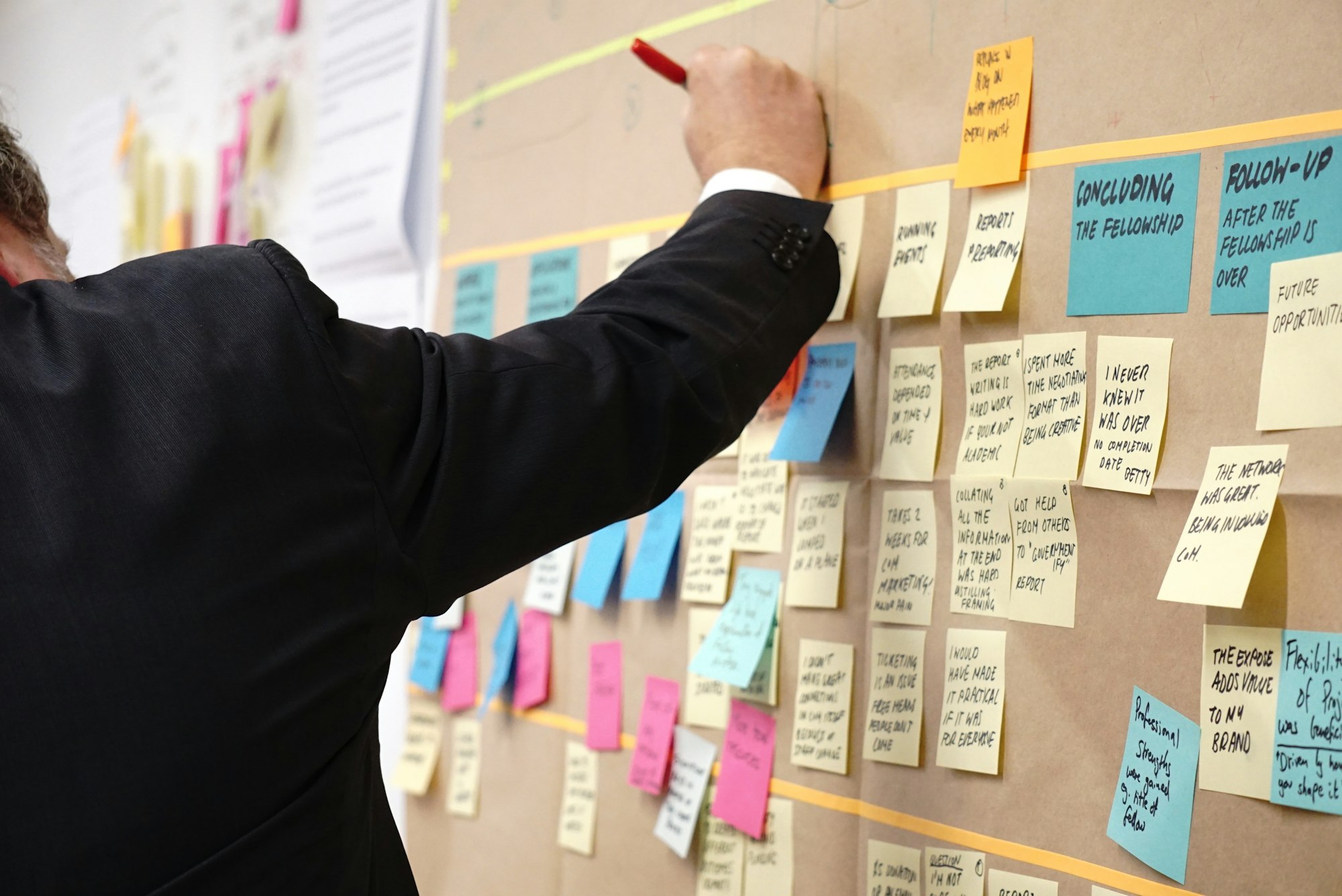Alan Turing The Foundational Architect of AI

Alan Turing
The Foundational Architect of AI
His visionary work laid the theoretical, philosophical, and practical groundwork for AI's profound and ongoing transformation of our world.
Wartime Ingenuity
Cracking the Unbreakable
At Bletchley Park, Turing's design for the Bombe machine was pivotal. It systematically broke the German Enigma cipher, providing critical intelligence that historians believe shortened WWII by several years.
Peak Decryption Rate (1943)
84,000+
messages decoded per month — that's over two messages every minute.
Ramp-Up of Enigma Decryption
Monthly messages decoded by cryptanalysts at Bletchley Park
The Universal Machine
The Blueprint for Every Computer
In 1936, Turing's concept of a "Universal Machine" defined the limits of computation. This abstract machine, manipulating symbols on a tape, could theoretically compute anything computable, forming the basis for every digital computer and the concept of the algorithm.
A Model of Computation
INFINITE TAPE
A head reads, writes, or moves based on a set of rules, formalizing the process of computation itself and giving birth to the modern algorithm.
A Life of Consequence
Timeline of a Foundational Mind
1936: "On Computable Numbers"
Introduces the "Universal Machine," the theoretical basis for all modern computers and the concept of algorithms.
1940: The Bombe Machine
Designs the electromechanical device that deciphers German Enigma messages, giving the Allies a critical wartime advantage.
1946: ACE Computer Design
Creates the first complete specification for an electronic stored-program, all-purpose digital computer.
1950: The Turing Test
Publishes "Computing Machinery and Intelligence," proposing the "Imitation Game" to test a machine's ability to exhibit intelligent behavior.
1952: Persecution and Conviction
Convicted for his homosexuality and forced to undergo chemical castration, tragically ending his government work and shadowing his final years.
Can Machines Think?
The Imitation Game
Turing proposed a pragmatic test to sidestep the endless philosophical debate. If a human judge, conversing via text, cannot reliably tell a machine from a human, the machine is said to have passed the test and exhibited intelligent behavior.
AI Performance in the Imitation Game
Percentage of human judges fooled by conversational AI over time
Turing's Vision vs. Today's AI
Comparing his foresight with modern reality
PREDICTED: The "Child Machine"
Turing envisioned a machine that learns through "rewards and punishments." This is the core concept behind modern Reinforcement Learning.
PREDICTED: Memory over Speed
He knew storage capacity was key. Today's Large Language Models are defined by massive datasets and parameters, proving him right.
UNFORESEEN: The Cloud & Big Data
He couldn't predict the global network of computers providing the immense power and data storage that fuel today's AI revolution.
His Enduring Ethical Questions
Turing's work frames today's most critical AI debates

Detail Research Report



